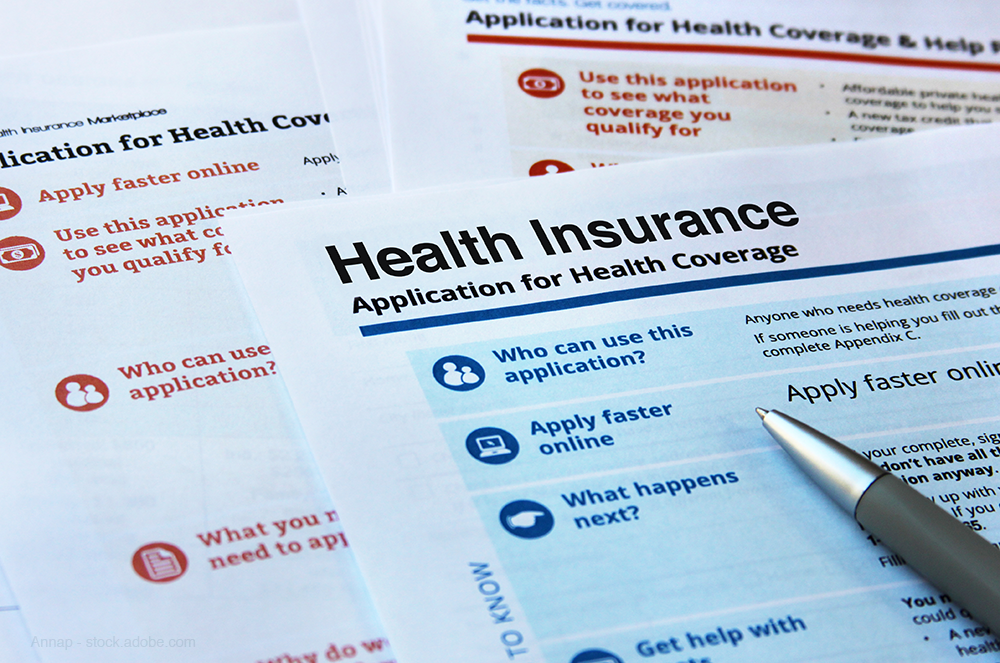Convergence of Dental, Health Insurance Increases
Of the 87% of executives who see convergence already happening, 89% say it is accelerating—up from 21% who said the same in 2018.
While dental payers feel less threatened by health plans, health insurers are much more interested in offering dental benefits now than they were two years ago, according to the report, “Convergence of Dental and Health Insurance Accelerates,” recently released by West Monroe, a national business and technology consulting firm.
The report—based on a survey of 106 executives of commercial and government dental and health plans across the country—is a follow-up to the firm’s January 2018 signature research, “Turning Point: The Fate of Standalone Dental,” which signaled an aggressive move by health plans into the profitable turf of dental payers. Both studies examined potential scenarios for the future of dental plans, such as:
- Dental is absorbed into overall health insurance (one product, one shared premium)
- Dental plans are brought on as partners to health insurance (two products, shared or separate premiums)
- Dental plans diversify, expanding into other ancillary coverage such as life, short-term disability, and pet insurance to remain standalone offerings
“We view health plans adopting adult dental benefits as a rising trend, considering the increase of Value-Based Dentistry, the focus on overall wellness, and how dental diagnostics and outcomes serve as powerful indicators of health," Benjamin Baenen, director of Healthcare & Life Sciences at West Monroe, tells MHE. "If health plans start owning the data for both health and dental claims, it can be used to provide better medical outcomes for patients. There’s also a profit play, as health plans are in the best position to adopt dental benefits and see upticks in margins when dental benefits are included.”

Overall, the percentage of health insurers offering dental insurance products has risen from 68% in 2018 to 80% today, and the percentage offering adult dental benefits has more than doubled to 48%—evidence of an accelerating shift toward convergence.
“It is becoming apparent that the health and dental insurance industries are on the verge of convergence, threatening to upend the standalone-dental business model. This survey reinforces the call to action for dental plans,” says Will Hinde, managing director and West Monroe’s Healthcare & Life Sciences practice leader, in the release. “A threat to a thriving business model—like the one standalone dental has profited from for decades—will inevitably feel like a crisis. But in crisis lies opportunity for those that are strategic and prepared. As disruptive as the changes may be, dental insurers that embrace the trend and get in front of it aggressively will be the winners.”
Nearly nine in 10 health and dental plan executives say convergence is already happening (43%) or will happen eventually (44%). Executives who believe convergence is already happening, 89% say it's accelerating—far higher than the 21% who said so in the 2018 study.
According to Baenen, they've seen data increase in the last few years in the convergence of health plans adopting dental benefits due to the rise of technology.
"Administrative, back-office platforms are being built with more flexibility to introduce multi-product offerings, such as dental, vision, and critical illnesses. With these technological advancements, health and dental plans will continue to diversify," he says.
However, data was found in the study stating despite the overwhelming consensus that convergence is gaining momentum, the portion of respondents who believe convergence will never happen actually rose, from 4% in 2018 to 13% this year.
Baenen says this is possible because many believe the ‘best of breed’ approach is still the right answer for benefits.
"This (best of breed) approach points to the more traditional insurance models, giving the employee or individual full control of the purchasing decisions and letting the competition (and price) dictate the market," he says. "Many also still think that standalone dental plans give consumers the most product options for their families. Our view is that this ‘traditional’ model is at-risk and that the data supports this sentiment.”
In relation, the survey found clear evidence of a desire for “bundling"—when a distinct, separate dental insurance policy is sold in a package with a health plan—but the preferred strategy for doing so has shifted.
In the new study, health plan executives expressed a preference for offering consumers a single, bundled dental/health product but administering dental as a separate product—a one-product, two-premium model—given the underwriting complexity. This contrasts with the 2018 survey, where respondents considered the most likely partnership scenario to be one that aligns benefits from a consumer perspective but continues to operate separately (a two-product, two-premium model). Today, executives consider this the least likely scenario.
“The pandemic has introduced uncertainty, as tens of millions of workers lose their jobs, potentially leading to slumping insurance revenues and a shift from employer-sponsored to individual coverage,” Hinde says. “Insurers that can offer technology tools to support their members or plans for those recently unemployed may see opportunity. In the meantime, invoice credits, waiting periods, and teledentistry services will have a big impact.”
Extending the Capabilities of the EHR Through Automation
August 2nd 2023Welcome back to another episode of "Tuning In to the C-Suite," where Briana Contreras, an editor of Managed Healthcare Executive, had the pleasure of chatting with Cindy Gaines, chief clinical transformation officer at Lumeon.
Listen